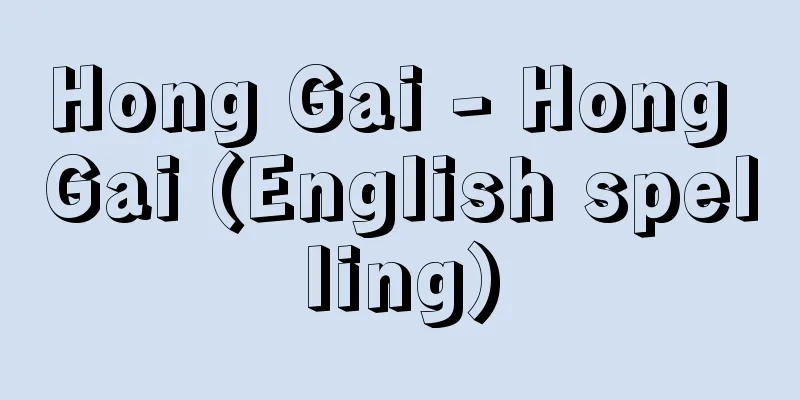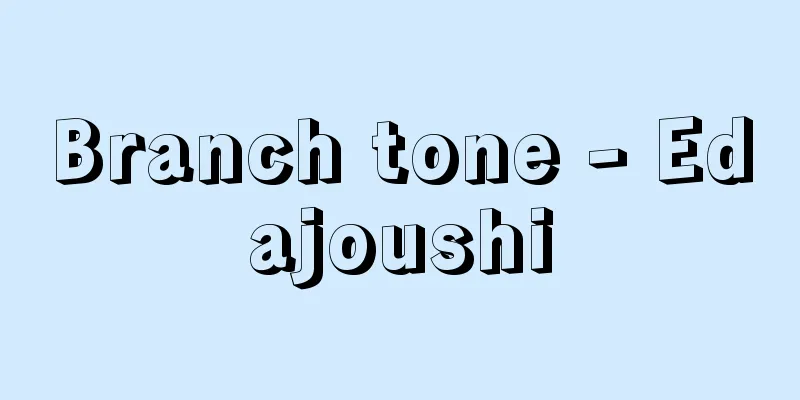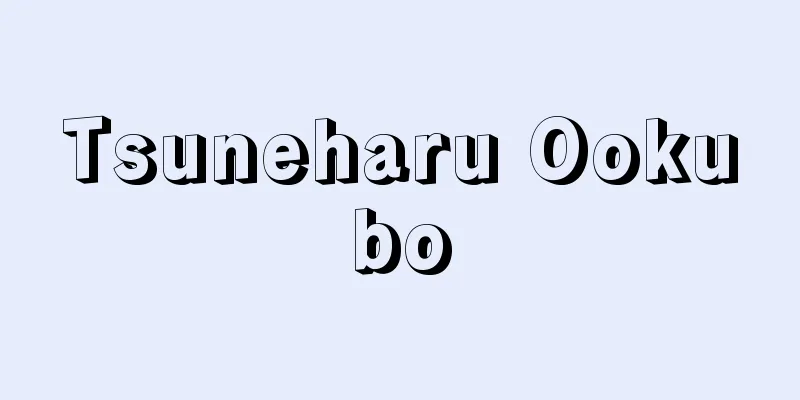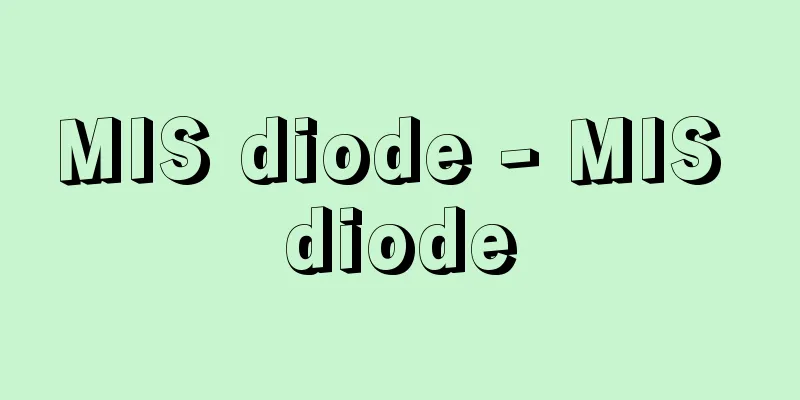Koganezuka Kofun
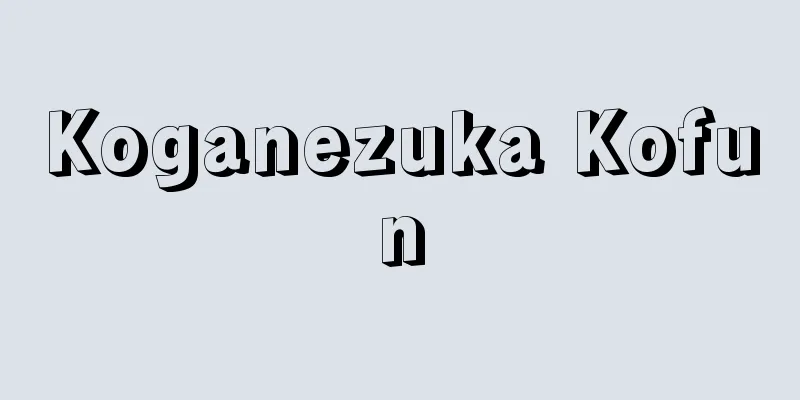
|
Located in Uedai-cho, Izumi City, Osaka Prefecture, this 85-meter-long keyhole-shaped tumulus is at the northwest end of what is commonly known as Shinodayama Hill, and was built to take advantage of the terrain in a scenic location overlooking the coastal plain and Osaka Bay. Since parts of the tumulus were excavated during World War II, Suenaga Masao and Mori Koichi carried out a preliminary survey in 1945 (Showa 20), and excavated the burial facilities in the circular mound in 1950 and 1951. Three clay coffins are lined up next to each other on top of the circular mound, and each contained a wooden coffin made from Japanese cedar. In particular, the wooden coffin in the central coffin was 8.5 meters long, and bronze mirrors, jade, jasper products, iron swords and other items were excavated from inside and outside it, and inside the coffin outside the coffin was a flat-rimmed divine beast mirror inscribed with the year Jingchu (?) 3. The year Jingchu 3 (239) corresponds to the year when Himiko was sent to Wei as an envoy and was given 100 bronze mirrors and other items, but one theory is that the bronze mirrors themselves were made around the 4th or 5th century. Armor was buried in the eastern and western coffins, and the eastern coffin contained a shield with a comma-shaped bronze object attached and a Chinese Wushu coin. [Kouichi Mori] Source: Shogakukan Encyclopedia Nipponica About Encyclopedia Nipponica Information | Legend |
|
大阪府和泉(いずみ)市上代(うえだい)町にある、墳丘の長さ85メートルの前方後円墳。通称信太山(しのだやま)丘陵北西端にあって、海岸平野や大阪湾を見下ろす景勝の地に地形を利用して築かれている。第二次世界大戦中に墳丘の各所が掘り荒らされたので、末永雅雄(すえながまさお)と森浩一(こういち)が1945年(昭和20)に予備調査を行い、50年と51年に後円部の埋葬施設を発掘した。後円部頂上には3個の粘土槨(ねんどかく)が並置されており、いずれも内部にコウヤマキ製の木棺を納めていた。とくに中央槨の木棺は長さが8.5メートルもあり、その内外から銅鏡、玉類、碧玉(へきぎょく)製品、鉄製刀剣などが出土し、棺外の槨の中に景初(けいしょ)(?)3年銘の平縁(ひらぶち)の神獣鏡があった。景初3年(239)は、卑弥呼(ひみこ)が魏(ぎ)に遣使して銅鏡100面などを与えられた年にあたるが、銅鏡そのものの製作年代については4~5世紀ごろとする説がある。東槨と西槨には甲冑(かっちゅう)を副葬し、東槨には巴(ともえ)形銅器をつけた盾や中国の五銖銭(ごしゅせん)などがあった。 [森 浩一] 出典 小学館 日本大百科全書(ニッポニカ)日本大百科全書(ニッポニカ)について 情報 | 凡例 |
>>: Japanese dung bee - Japanese dung bee
Recommend
Tanaka Chigaku
A religious leader from the Meiji to Showa period...
Resting angle - kyuushikaku
→ Angle of repose Source : Heibonsha Encyclopedia ...
Hagenomyia micans (English)
...It becomes a pupa in a few days and emerges in...
"About Russia under the rule of Tsar Alexei Mikhailovich" - About Russia under the rule of Tsar Alexei Mikhailovich
…He was a foreign affairs official, but left Russ...
Udegeitsy
...Population: 1900 (1989). Russians call them Ud...
RE - Ree
《 reverse engineering 》⇒reverse engineering RE [ro...
Car audio - car audio (English spelling)
A device for listening to music in a car. It cons...
Choryon
…(1) Biological term. One of the embryonic membra...
Exobasidium vexans (English spelling)
…[Tsubaki Keisuke]. . . *Some of the terminology ...
Ignorance - Mumyō
A Buddhist term. A translation of the Sanskrit av...
River water - Kasen-sui (English spelling)
Water that flows through the course of a river, i....
Sinan-yumul
This refers to the sunken ship and artifacts disco...
Plastoglobule
… The stroma contains 60-80% water by weight of t...
Vestiaria coccinea (English spelling)
...because many of them became extinct or their n...
Perl - Martin L. Perl
American experimental physicist. Born in New York...
